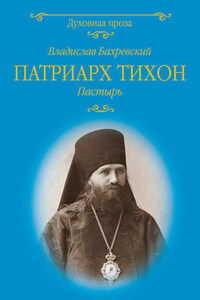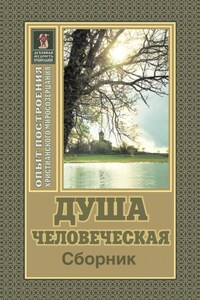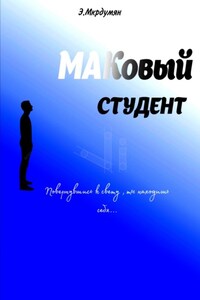THIS BOOK REPRESENTS A PIECE of unfinished business that began in 2001 when I published a book called The Field. In the course of trying to find a scientific explanation for homeopathy and spiritual healing, I had inadvertently uncovered the makings of a new science.
During my research, I stumbled across a band of frontier scientists who had spent many years re-examining quantum physics and its extraordinary implications. Some had resurrected certain equations regarded as superfluous in standard quantum physics. These equations, which stood for the Zero Point Field, concerned the extraordinary quantum field generated by the endless passing back and forth of energy between all subatomic particles. The existence of the Field implies that all matter in the universe is connected on the subatomic level through a constant dance of quantum energy exchange.
Other evidence demonstrated that, on the most basic level, each one of us is also a packet of pulsating energy constantly interacting with this vast energy sea.
But the most heretical evidence of all concerned the role of consciousness. The well-designed experiments conducted by these scientists suggested that consciousness is a substance outside the confines of our bodies – a highly ordered energy with the capacity to change physical matter. Directing thoughts at a target seemed capable of altering machines, cells and, indeed, entire multicelled organisms like human beings. This mind-over-matter power even seemed to traverse time and space.
In The Field I aimed to make sense of all the ideas resulting from these disparate experiments and to synthesize them into one generalized theory. The Field created a picture of an interconnected universe and a scientific explanation for many of the most profound human mysteries, from alternative medicine and spiritual healing to extrasensory perception and the collective unconscious.
The Field apparently hit a nerve. I received hundreds of letters from readers who told me that the book had changed their lives. A writer wanted to depict me as a character in her novel. Two composers wrote musical compositions inspired by it, one of which was played on the international stage. I was featured in a movie, What the Bleep!? Down the Rabbit Hole, and on the What The Bleep Do We Know!? Calendar, released by the film’s producers. Quotes from The Field became the centrepiece of a printed Christmas card.
However gratifying this reaction, I felt that my own journey of discovery had hardly left the station platform. The scientific evidence I had amassed for The Field suggested something extraordinary and even disturbing: directed thought had some sort of central participatory role in creating reality.
Targeting your thoughts – or what scientists ponderously refer to as ‘intention’ and ‘intentionality’ – appeared to produce an energy potent enough to change physical reality. A simple thought seemed to have the power to change our world.
After writing The Field, I puzzled over the extent of this power and the numerous questions it raised. How, for instance, could I translate what had been confirmed in the laboratory for use in the world that I lived in? Could I stand in the middle of a railway track and, Superman-style, stop the 9:45 to Paddington with my thoughts? Could I fly myself up to fix my roof with a bit of directed thought? Would it now be possible to cross doctors and healers off my list of essential contacts, seeing as I might now be able to think myself well? Could I help my children pass their maths tests just by thinking about it? If linear time and three-dimensional space didn’t really exist, could I go back and erase all those moments in my life that had left me with lasting regret? And could my one puny bit of mental input do anything to change the vast catalogue of suffering on the planet?
The implications of this evidence were unsettling. Should we be minding every last thought at every moment? Was a pessimist’s view of the world likely to be a self-fulfilling prophecy? Were all those negative thoughts – that ongoing inner dialogue of judgement and criticism – having any effect outside our heads?
Were there conditions that improved your chances of having a better effect with your thoughts? Would a thought work any old time or would you, your intended target and indeed the universe itself have to be in the mood? If everything is affecting everything else at every moment, doesn’t that counteract and thereby nullify any real effect?














